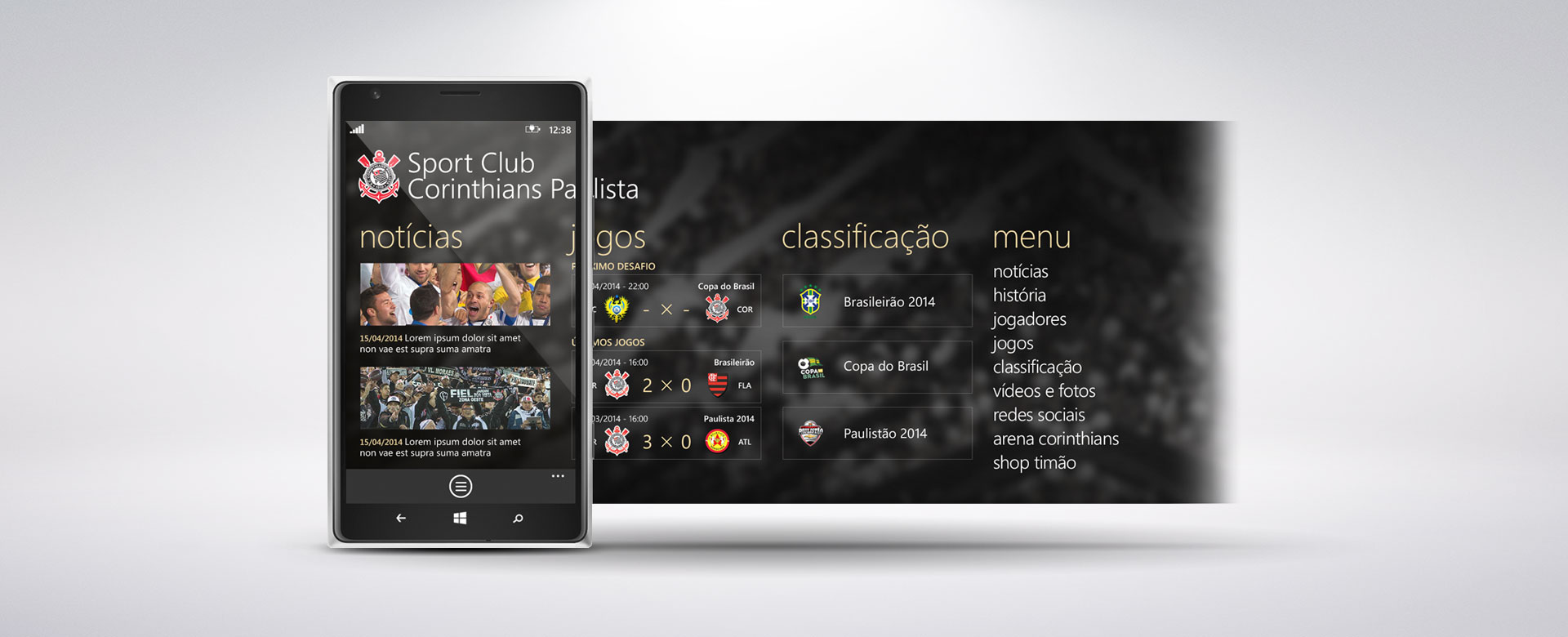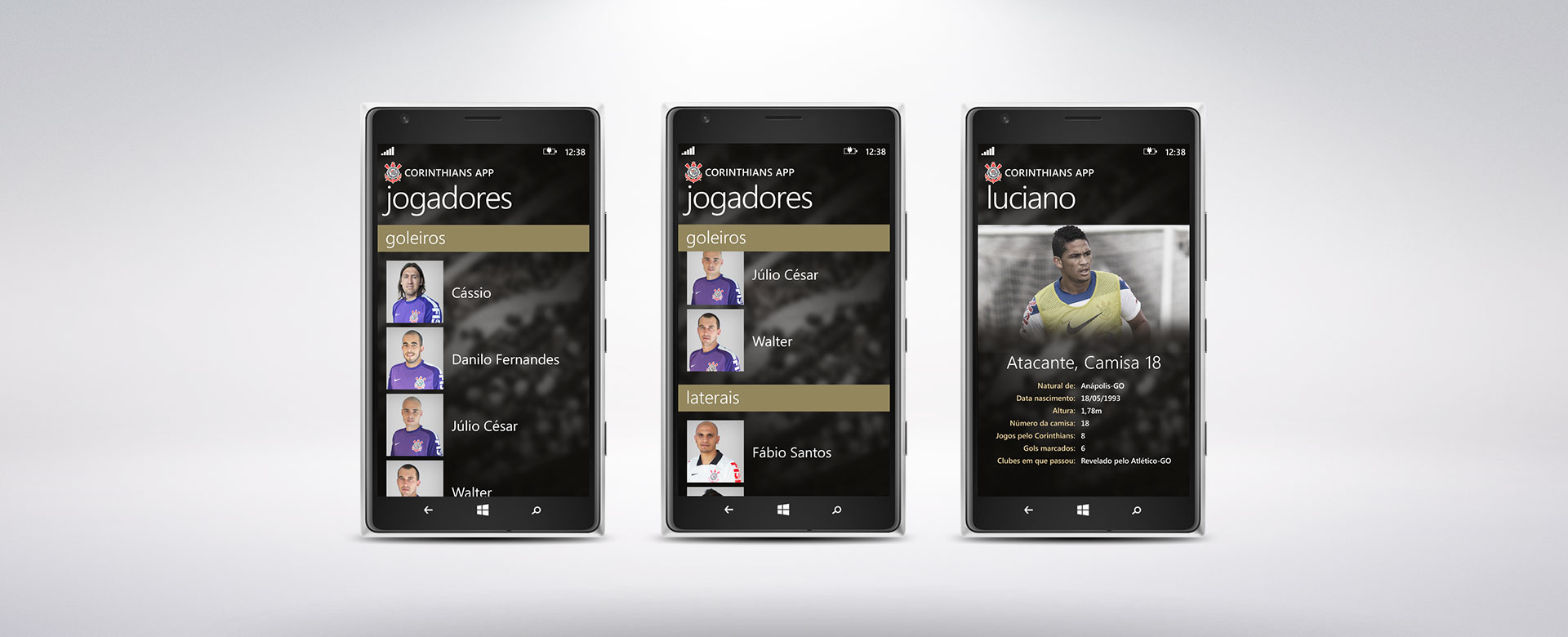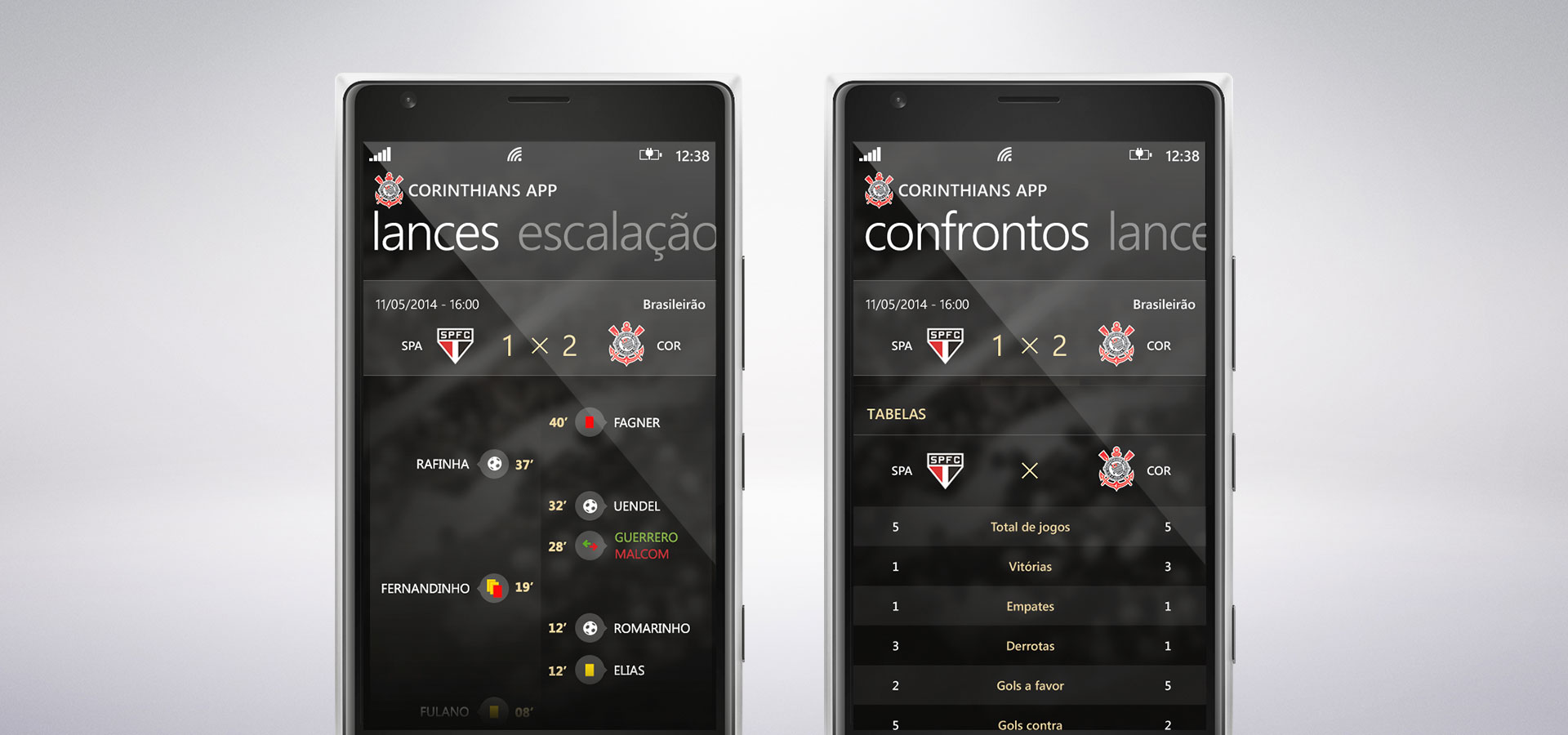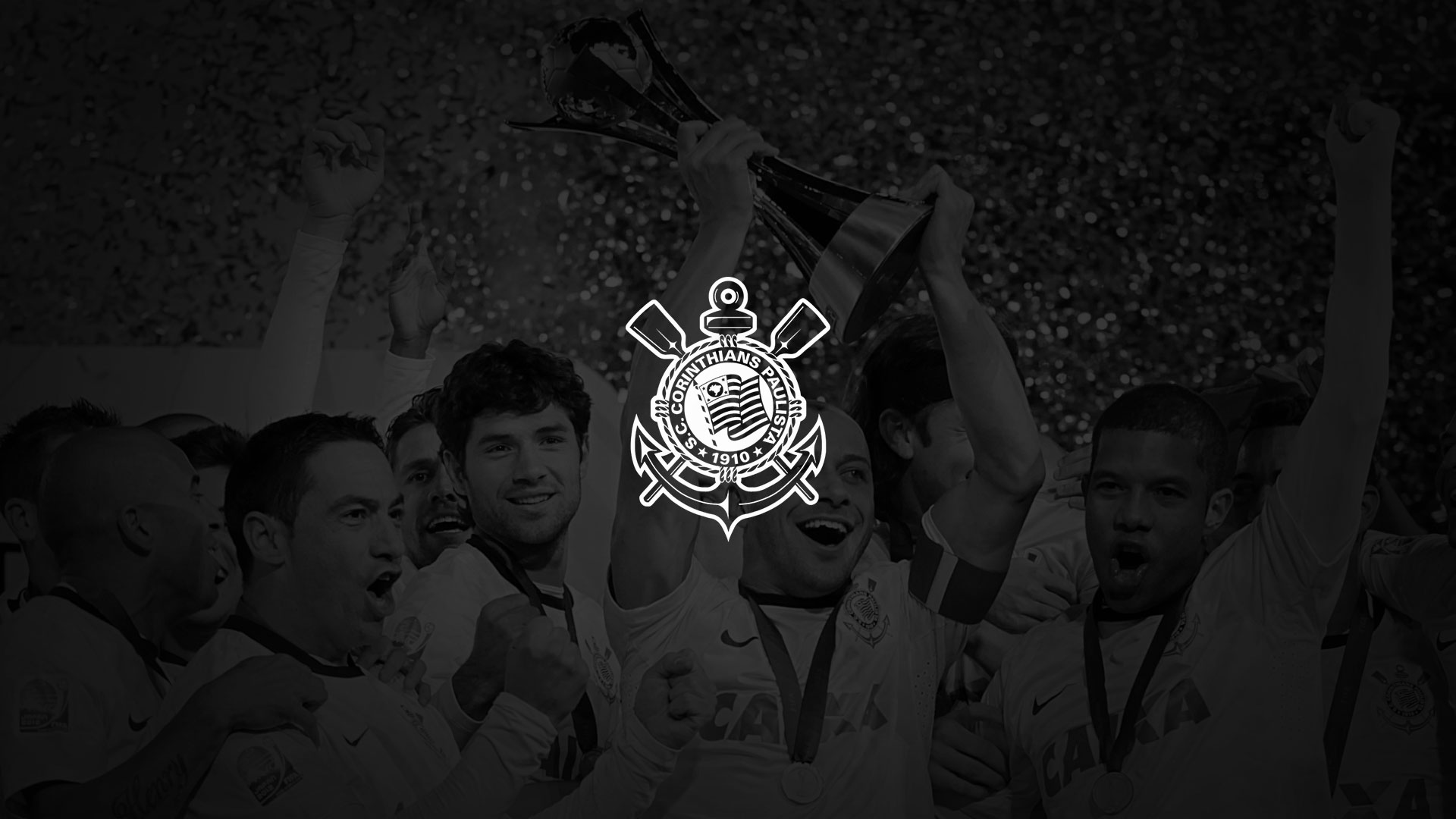In 1910 the football in Brazil was an elitist sport. The top clubs were formed by people who were part of the upper classes. Among them were Club Athletico Paulistano, São Paulo Athletic Club & Associação Atlética das Palmeiras.Lower-class society excluded from larger clubs founded their own minnow clubs and only played “floodplain” football.
Bucking the trend, a group of five workers of the São Paulo Railway, more precisely Joaquim Ambrose and Anthony Pereira (wall painters), Rafael Perrone (shoemaker), Anselmo Correia (driver) and Carlos Silva (general laborer), residents of the neighborhood of Bom Retiro. It was August 31, 1910 when these workers were watching a match featuring a London-based club touring Brazil, Corinthian F.C. After the match, while the group returned home, The men spoke of partnerships, business ideas, and general dreams of grandeur. In the mind of each one surfaced a great idea: the foundation of a club, after several exchanges in a lively argument, a common ground led those athletes the same dream. The arguments led to the conclusion that they would meet the next day to make a dream into reality.
Corinthians played their first match on September 10, 1910, away against União da Lapa, a respected amateur club in São Paulo; and despite being defeated by 1–0, this match would mark the beginning of a successful era as an amateur club.











